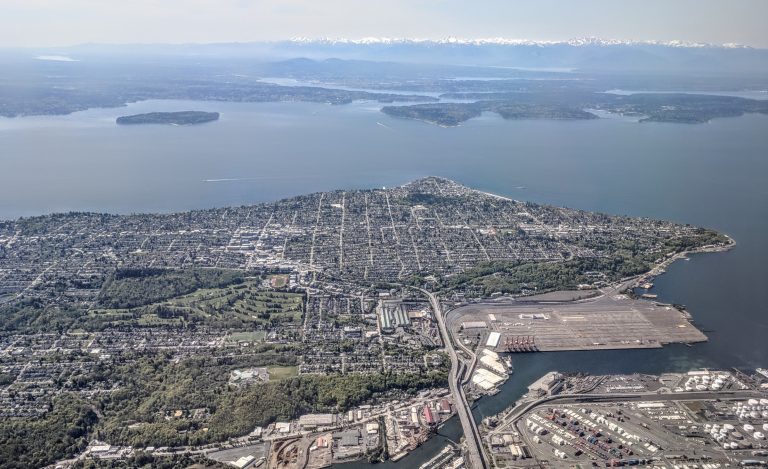Published on December 8, 2020

First they circle. Then they gasp at the surface of the water. Soon they can’t swim. Then they die.
For decades now, scientists have known something was killing beautiful, adult coho salmon as soon as they hit Seattle’s urban waters, ready to spawn. They had escaped the orcas, the fishermen, traveled thousands of miles, only to be mysteriously killed as soon as they finally reached home.
In a breakthrough paper published in the Dec. 3 issue of Science, a team of researchers revealed the culprit behind the deaths of coho in an estimated 40% of the Puget Sound area — a killer so lethal it takes out 40 to 90% of returning coho to some urban streams before they spawn. It is a killer hidden in plain sight.
Tires.
More specifically, a single chemical, 6PPD-quinone, derived from a preservative that helps tires last longer.
The chemical is a globally common tire rubber antioxidant. But when it does its job, interacting with ozone in the atmosphere, the chemical transforms to a substance that is highly toxic to coho.
The pollutant is particularly problematic for waters near busy roads. Translation: most of central Puget Sound and its sprawl. Ironically, the millions of dollars spent to make these areas more salmon friendly and boost fish populations have created ecological traps for coho coming back to toxic waters.
Some of the scientists who published the paper were both exhilarated at the breakthrough and concerned by the findings.
Lead author Zhenyu Tian, a research scientist at the Center for Urban Waters at UW Tacoma said there were times when he wondered if they would ever figure out just what chemical was the killer.
Originally written by Lynda Mapes for The Seattle Times.